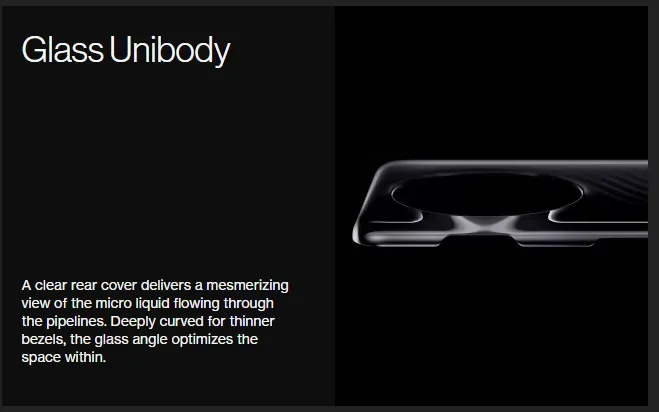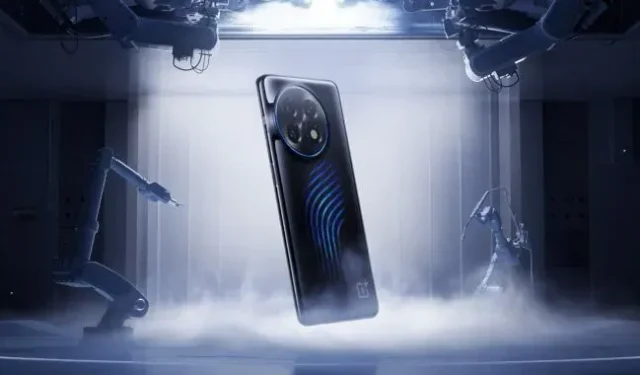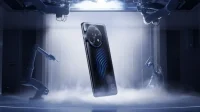Mobile World Congress is coming up this week, which means you’ll be in the wild world of concept phones. These are usually flexible display devices that will never see the light of day, but this year OnePlus has a “OnePlus 11 Concept “phone. It has a liquid cooling system called “Active CryoFlux”. We’ll try to decipher this, but our first bright red flag is that OnePlus isn’t going into details.
It’s worth noting that OnePlus has released several concept phones that have had no impact on the company’s consumer products. One phone had electrochromic glass in front of the camera lenses, making them invisible when not in use. Another phone would change the colors. None of the features ever made it into a consumer phone.
A OnePlus press release states that the system has “a piezoelectric ceramic micropump at its core, connected to piping sandwiched between the top and bottom diaphragm. The micropump covers an area of less than 0.2 cm², which allows the coolant to circulate through the pipelines without significantly increasing the weight and thickness of the OnePlus 11 Concept.”
Those fancy blue lights at the back seem to be a cooling system and not just for beauty. The press release says, “The clean rear provides a mesmerizing view of Active CryoFlux pipelines in operation,”which are also illuminated. OnePlus also says, “Active CryoFlux fluid wraps around the camera like a halo,” so according to OnePlus, everything blue is coolant.
As for the actual results of this system, OnePlus says, “Active CryoFlux has been shown in lab testing to bring down the phone’s temperature while gaming by up to 2.1°C, improving in-game frame rates by 3-4 degrees or 1.6°C.” during charging, which shortens the charging time by 30-45 [seconds]. These numbers are not particularly impressive. Phones slow down quite quickly due to heat and mostly cope with “cooling”by running slower. OnePlus press release quote uniquely measures frame rate in “degrees”- I’m pretty sure they mean “frames”- and 3-4 frames is often a margin of error in the test. Phones are very heat limited and usually manage their passive cooling solutions by slowing down so they don’t overheat. Adequate cooling would make the phone much faster,
The liquid doesn’t seem to go anywhere, which explains why OnePlus’ cooling results are so meager. Water cooling in a PC works by attaching a water block to a hot thing like your CPU or GPU, heating that liquid, and then moving it to something that cools it, usually a heatsink with several fans behind it. Is this real cooling loop reproduced here? There is no noticeable way for the phone to cool the liquid when it gets hot other than passive cooling. There is no fan here, as we’ve seen on some phones, and no heatsink or other cooling device.
There just seems to be a small amount of liquid at the same temperature splashing around, and OnePlus is hoping it will dissipate heat as it travels across the back of the phone. It probably doesn’t help that the cooling system is sandwiched inside the phone by a glass panel that acts as an insulator. OnePlus also doesn’t explicitly say that liquid cooling is meaningfully linked to the SoC via a water block. It is not clear what components it cools.

Finally, some marketer decided to describe the design of the phone as “Glass Unibody”, which sounds like an absolute nightmare for phone durability. There seems to be nothing but marketing in this statement: there is still a metal frame around the phone, and OnePlus’ “one-piece body”image looks like a regular glass back panel. The actual “one-piece body” would include the back and frame of the phone made from a single piece, with separate electronics mounted to that piece inside the phone. Luckily, OnePlus didn’t hire a very experienced glassblower or anyone else, and it doesn’t seem like there’s much more glass here than the regular OnePlus 11.


